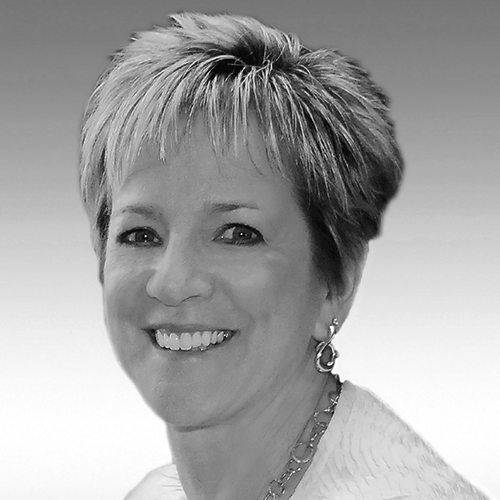
Deb Delisle
Executive Director and CEO, ASCD
Recently, I conducted a quick image search on Google for “ed tech students” while preparing for a presentation. The search returned thousands of photos with kids of every size and ethnicity using technology in schools, but something seemed to be missing. What I didn’t find in many of these photos were students with disabilities using assistive technology. The problem, however, isn’t merely in image results. For too long, education technology for students with disabilities, outside of digital replacements for individualized education program paperwork, has lagged behind the education-technology equation. It’s time to realize the potential that technology provides when focusing on a well-rounded education for students with special needs.
The discussion is a timely one, particularly given the recent U.S. Supreme Court decision in Endrew F. v. Douglas County School District, which could have far-reaching implications for how educators write goals for and tailor them to individual students. Technology can and should play a larger role in meeting the needs of all students and ensuring that each child is healthy, safe, engaged, supported and challenged.
A coordinated effort
In a recent Educational Leadership article calling for a neurodiversity revolution, Michael F. Giangreco calls on the field of special education “to rid itself of its negative baggage and embrace a more progressive way of educating students who learn differently.” Embracing effective technology is one way the field can move forward, but educators who support students with disabilities can’t make meaningful change in their profession without intentional collaboration with fellow educators at every level.
Nearly all educators know technology alone is not a panacea for students with disabilities. For technology to be truly effective, it must be combined with the best traditional methods in educating the whole child. Developers and businesses must ensure that when creating new tools, they first listen to educators and parents to understand what they need to help students with disabilities meet and even exceed their learning goals. Without sincere educator and parent engagement, developers risk creating new tools and programs that are too narrow in scope, are poorly designed and focus too narrowly on data collection and test scores. Such tools could do more harm than good and miss opportunities to make meaningful and measurable changes in special education.
Deb Delisle, Executive Director and CEO, ASCD, [email protected]

